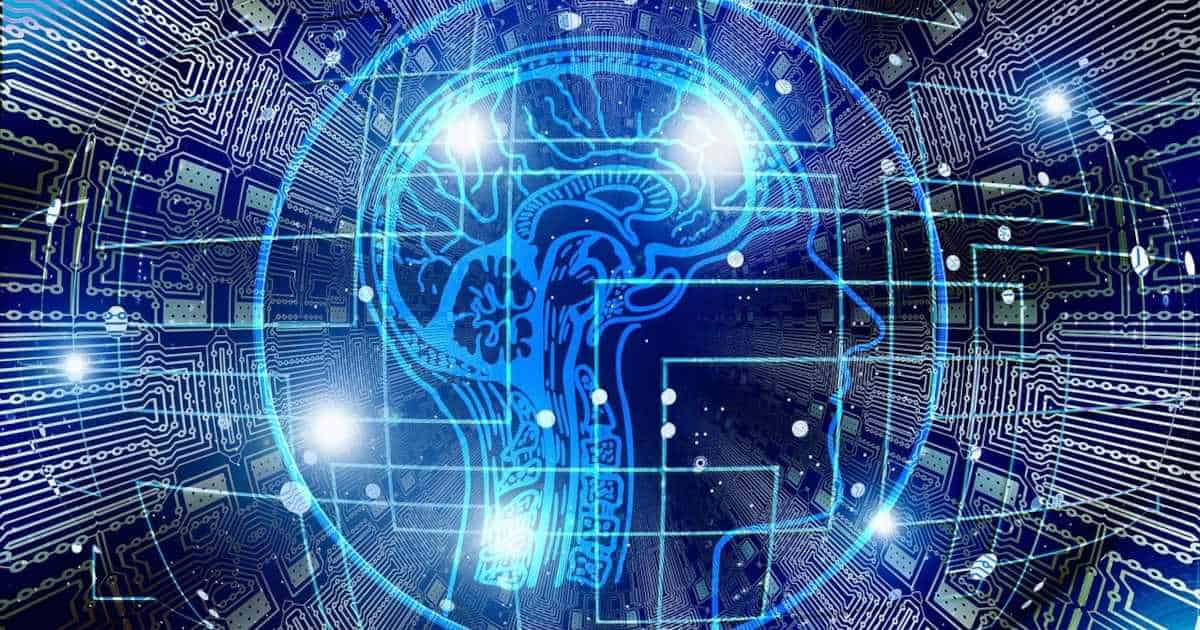Web development is an ever-evolving field where professionals constantly strive to create websites and applications that not only work well but also engage users. Beyond the technical aspects, psychology is an often-overlooked aspect crucial to creating an effective website.
Understanding how people think and feel can help developers create more user-friendly and enjoyable websites and apps. In this article, we’ll explore how psychology and web development work together to enhance the digital experience.
The Significance and Benefits of Process Visualization
Creating a website is a complex process that requires advanced planning. Otherwise, it can become disorganized and overwhelming. This is where process visualization comes in.
It creates a roadmap for projects that allows designers and developers to see the big picture, which results in a well-coordinated team. This process is also a great way to reduce cognitive overwhelm when browsing a site, allowing the user to focus on the content rather than the confusing interfaces.
Here are some added benefits of using process visualization when creating websites:
- Enhanced Communication: A visual plan helps team members understand each other better, reducing misunderstandings and errors.
- Streamlined Workflows: When everyone knows their role and the steps to take, the project moves faster and more smoothly.
- Higher Success Rates: With a clear plan in place, the chances of creating a great website or app increase. And you’re more likely to achieve your goals.
Humans are visual beings, so when we can see a plan laid out in front of us, it’s easier to understand and follow. Web developers use charts, diagrams, and prototypes to visualize the project’s path. This process allows them to create a map that helps guide them to success.
Practical Insights into Color Psychology
Web developers and designers use color psychology to ensure the shades on a website convey the right emotions and messages. Here is a list of colors and what they may say to the users:
- Red: This color can grab attention and evoke strong emotions like passion or urgency. It is often used in “Buy Now” buttons or warning signs.
- Blue: Blue gives a sense of trust and calm. It’s often used by social media platforms and financial websites to make users feel secure.
- Green: Associated with growth and nature, green is used by many eco-friendly and health-related websites.
- Yellow: Yellow is bright and cheerful. It can bring a sense of happiness and positivity to a website or app.
- Black: Black represents sophistication and luxury. You’ll find it on high-end fashion and luxury brand websites.
Color in web design can have different effects on a person’s mood and behavior, so it’s essential to choose the right colors for your platform. For example, if a developer wants to create a website for a spa, they might use calming blue and green colors to help visitors feel relaxed. If it’s a site for a children’s toy store, they might use vibrant yellow and red to make it look fun and exciting.
Embracing the Human Connection
People love to connect with other individuals, even when they are online. Web developers must keep this in mind when creating websites and apps. They must use elements like photos of smiling faces, user reviews, and social media links to make the audience feel like they’re connecting with real people. Here are a few other ways to incorporate human elements into websites:
- User Reviews: Reading reviews from other customers can make you trust a website more. When you see that other people had a good experience, it makes you more comfortable.
- Customer Support: Having a live chat or email support option lets you know that a real person is there to help if you have questions or problems.
- Personalization: When websites remember your preferences, they make you feel special. They can even suggest products or content based on your past interactions.
This human touch makes the website or app feel friendlier and more trustworthy. It’s like walking into a store and being greeted with a warm smile. Web developers create this digital handshake to make your online experience better.
Skill Enhancement for Optimal User Experience
To create the best user experience, web designers and developers must keep learning and improving their skills. Here are some key aspects they need to focus on:
- Responsive Design: With so many devices (phones, tablets, computers), a website or app needs to look good and work well on every gadget. Web developers must also learn to make designs that adapt to different screen sizes.
- Accessibility: Not everyone uses the internet the same way. Some people may have disabilities that make it harder for them to use websites. Developers should learn how to create websites that everyone can enjoy.
- User Testing: Before a website or app goes live, developers test it with real users. They gather feedback and make improvements based on how people interact with the site.
- Loading Speed: Nobody likes to wait for a website to load. Developers must learn how to optimize their creations to load quickly, providing a better user experience.
- Security: Cybersecurity is a major concern. Developers must ensure that their projects are safe for users and their data.
Web development is not just about coding and design. It’s also about understanding how people respond to the design and content of the site. That is why web developers use psychology to create websites and apps that get people’s attention and are also easy to use. By planning the process, understanding the effects of colors, and infusing a human connection, web developers ensure that our online experiences are constantly improving.
Beau Peters is a creative professional with a lifetime of experience in service and care. As a manager, he’s learned a slew of tricks of the trade that he enjoys sharing with others who have the same passion and dedication that he brings to his work. When he is not writing, he enjoys reading and trying new things.
